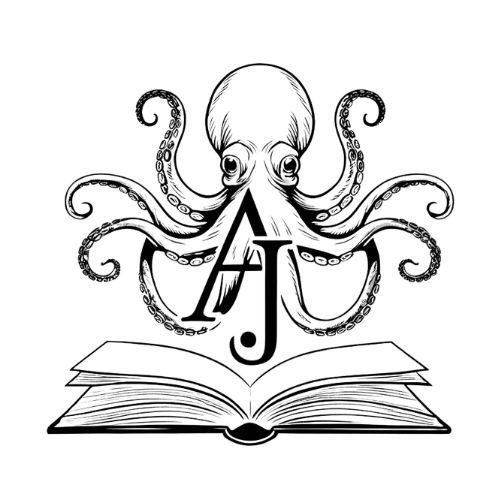Call it writer’s block, procrastination, decision paralysis, whatever you’d like, but there’s nothing like indecision to send my writing to a grinding halt. So what’s the solution? A zero draft.
The Zero Draft goes by many names and just about as many definitions. The Zero Draft. The Skeleton Draft. The Chaptered Outline. Ultimately, they all serve one purpose: turn off your inner critic and set the story loose.
Zero drafts tread the line between plotting and pantsing. They still give you that free-wheeling sense of writing into the void but at the end, you’re left with a plan.

So…What is a Zero Draft?
There’s many different ways to do this, and as usual, there’s no one-size-fits-all approach when it comes to writing. I’ll share how I write a zero draft that works for me, and it may or may not work for you.
When I zero draft, I start with a rough idea of the five main plot points: the inciting incident, the first plot point, the midpoint, the third plot point, and the climax. Once I’ve jotted down a rough idea for those, I calculate approximately how long I’m aiming for the novel to be. For example, if I’m writing an 80,000 word novel, and I know my chapters tend to be around 3000 words long, I’m going to need approximately 27 chapters. (Coincidentally this also fits neatly into the 27 Chapter Method of plotting popularized by Kat O’Keeffe if you’re looking for an easy plot structure to follow). This leads to the following loose plot structure:
- Inciting Incident: Chapter 1 or 2
- First Plot Point: Chapter 8
- Midpoint: Chapter 14
- Third plot point: Chapter 20
- Climax: Chapter 25 and 26.
Now that I know approximately how much space is between each of the main plot points, I start freewriting the plot between them.
My zero draft is messy. I often write it in third person so I can see from a bird’s eye view what my characters are doing (regardless of what POV I’m using for the real thing). My tenses switch from present to past and my grammar is abysmal. But the zero draft isn’t about pretty writing, it’s about laying down the bones of the story. It’s much easier to cut out a paragraph of the zero draft when you can see that the story is veering in the wrong direction rather than chopping out entire chapters you’ve bled over the keyboard for.
I’ve heard different suggested lengths for zero drafts but keep in mind this isn’t a rough draft. It’s just the essential bits of the story distilled into approximately ten pages (though this can differ based on your story).
Why Bother with a Zero Draft?
In theory, this step should reduce the amount of big edits when you get to the second draft. The zero draft helps to make sure the character arcs are working and the structure of the plot is sound before you begin writing the readable prose. Strong foundation = Less structural level edits (In theory…the story can still wildly deviate from the zero draft as you’re writing, in which case, there will still be substantial edits).
Also, a zero draft can help you write faster. If you’re like me and you suffer from that paralysis that comes from not knowing where your characters are heading, a zero draft is a powerful solution. I recently read 2,000 to 10,000: How to Write Faster, Write Better, and Write More of What You Love by Rachel Aaron, a quick read about how to write faster and maximize the use of your writing time. One of the suggestions from that author was also the zero draft. It gives you the opportunity to try different plotlines and experiment with the story without having to worry about how much you’re going to need to cut or delete. Let it be fun. Tell yourself the story. Then, when you have a zero draft, you can barrel ahead with the first draft as though you knew what you were doing all along.

Thanks for reading, if you enjoyed this post, please subscribe to my monthly newsletter for notice of new blog posts and book news.





Love this idea! It can be so hard to just give yourself permission to write. Calling it a zero draft, or an outline feels like a good way to trick your brain into turning off editor mode.